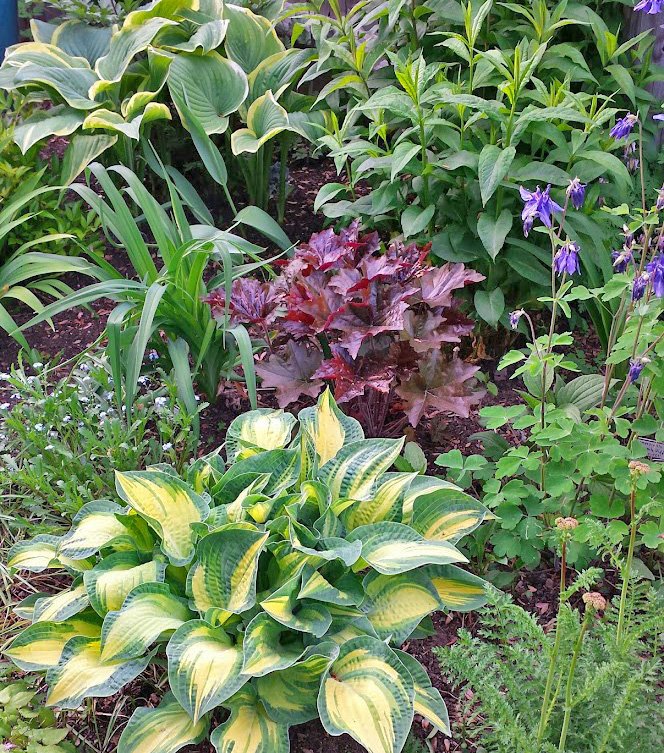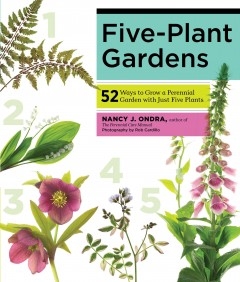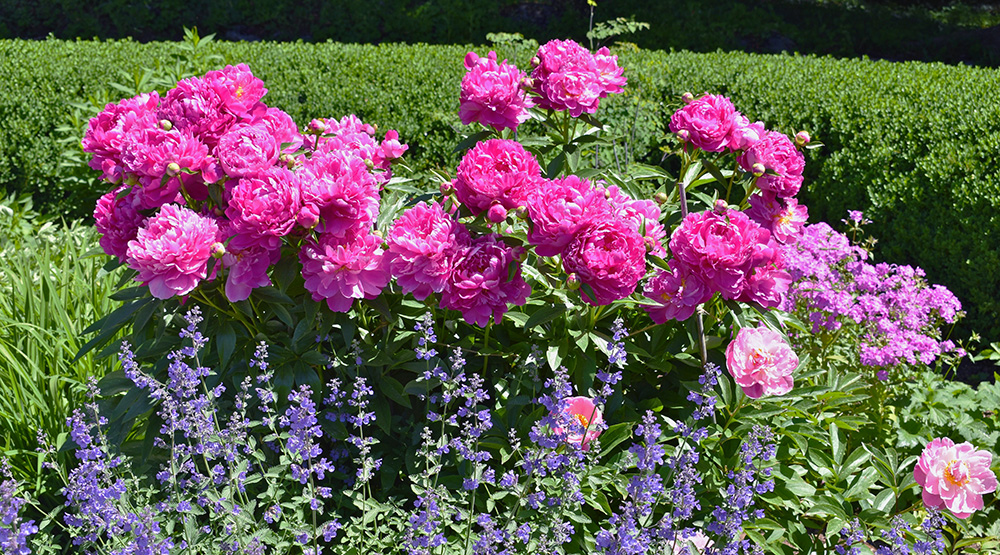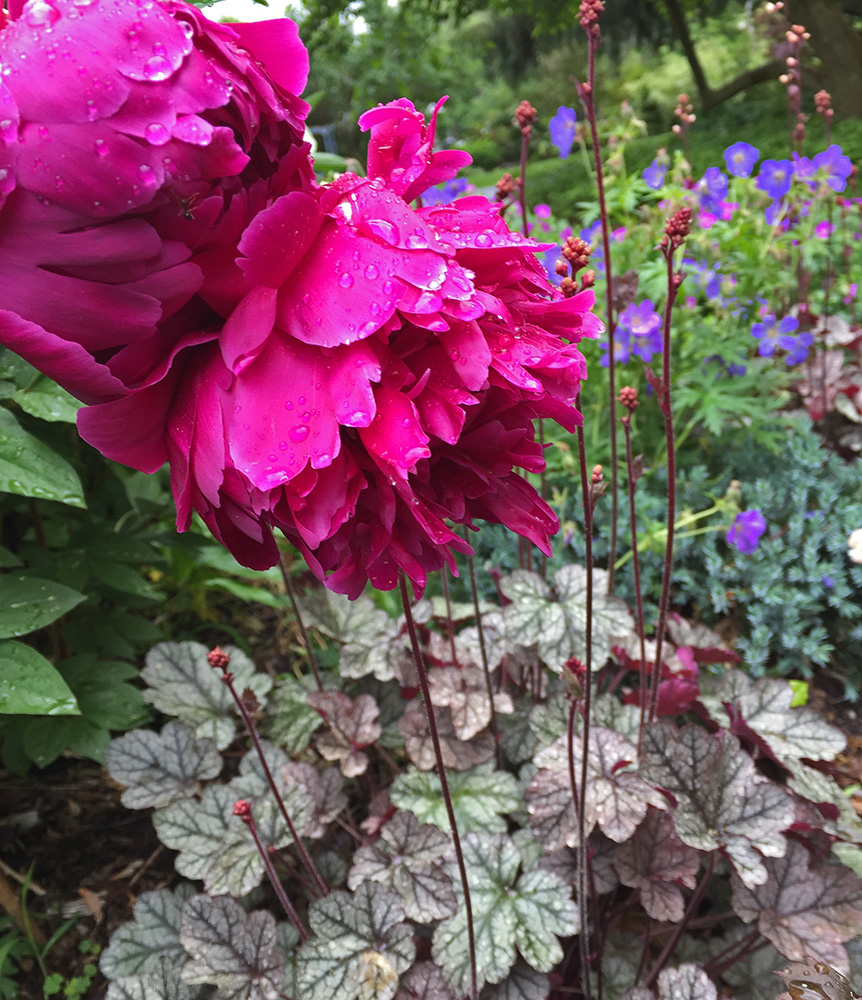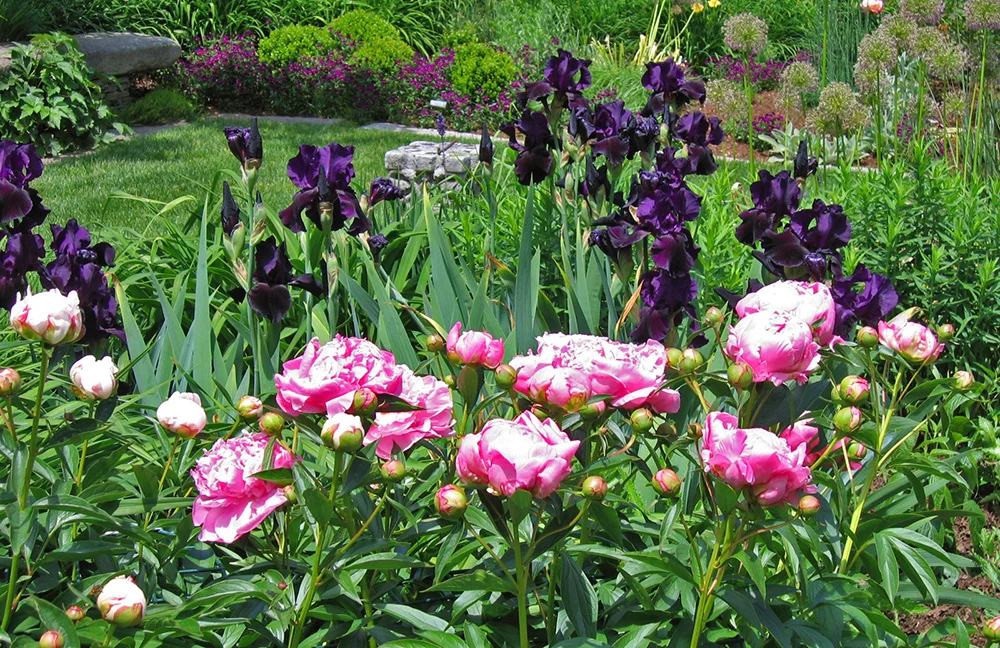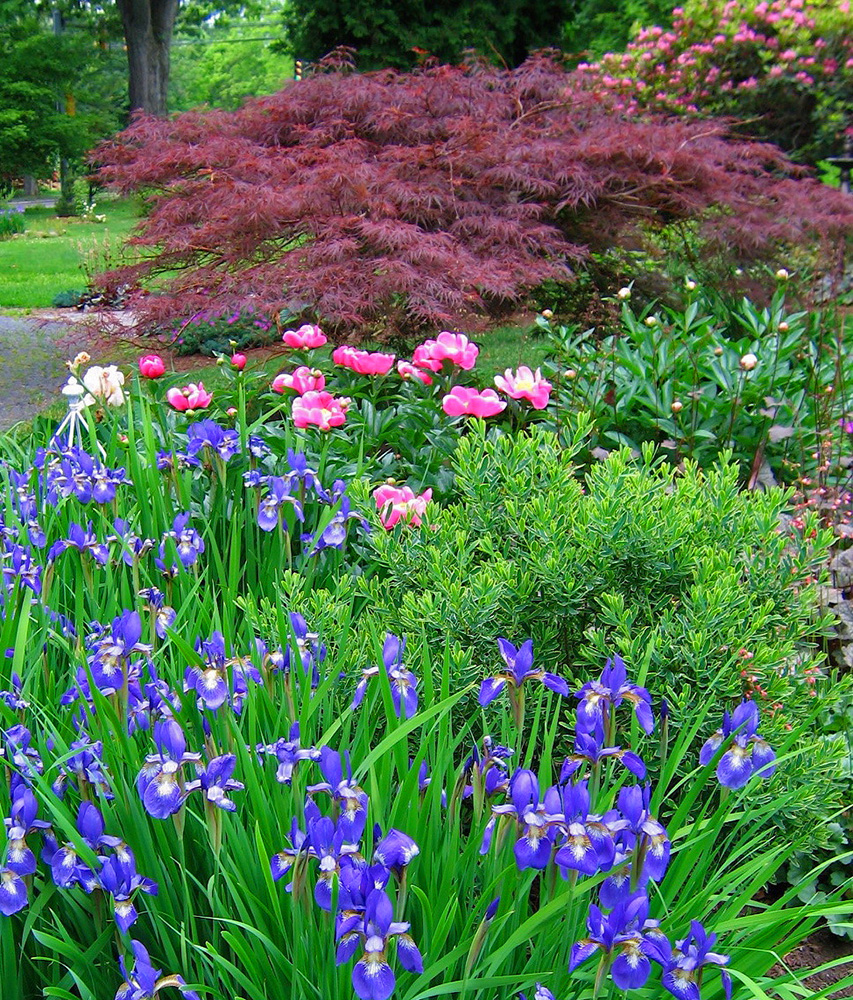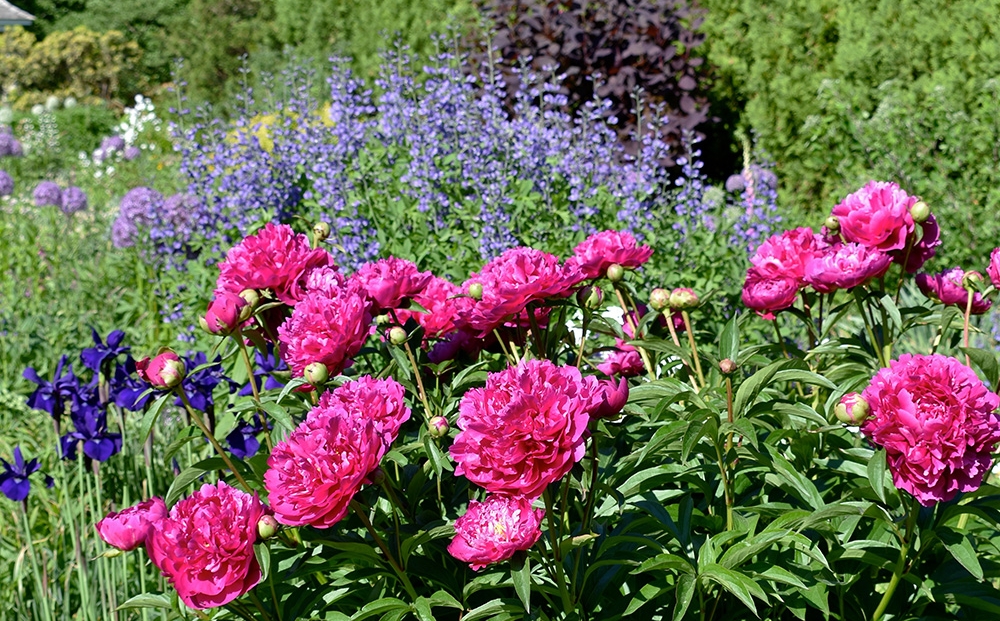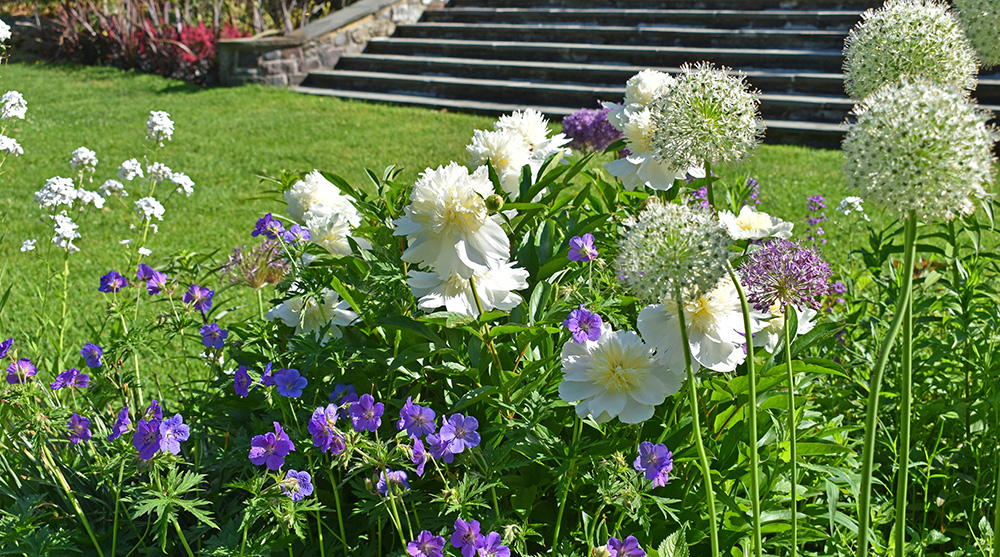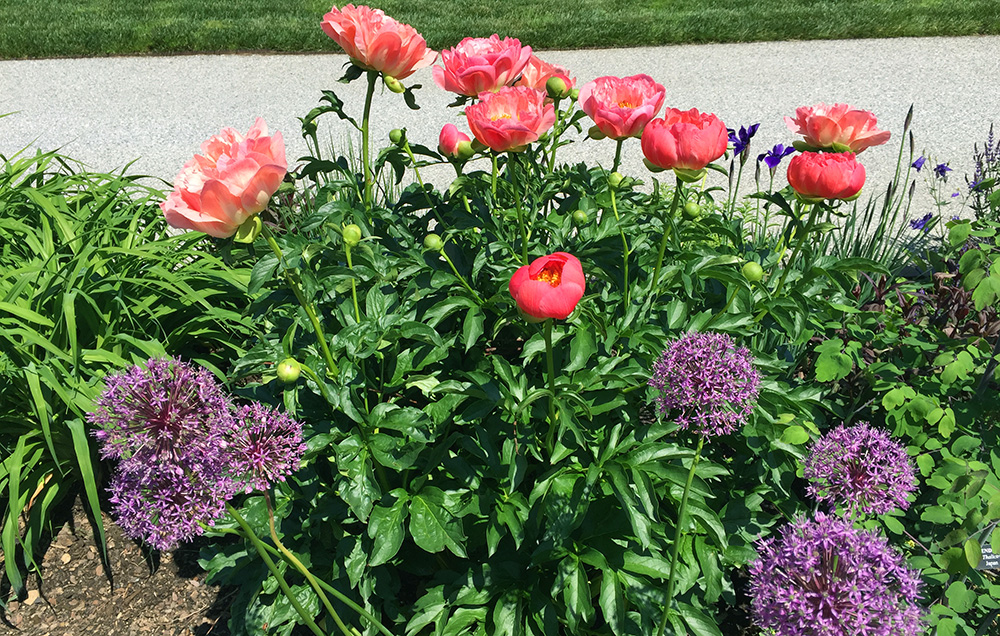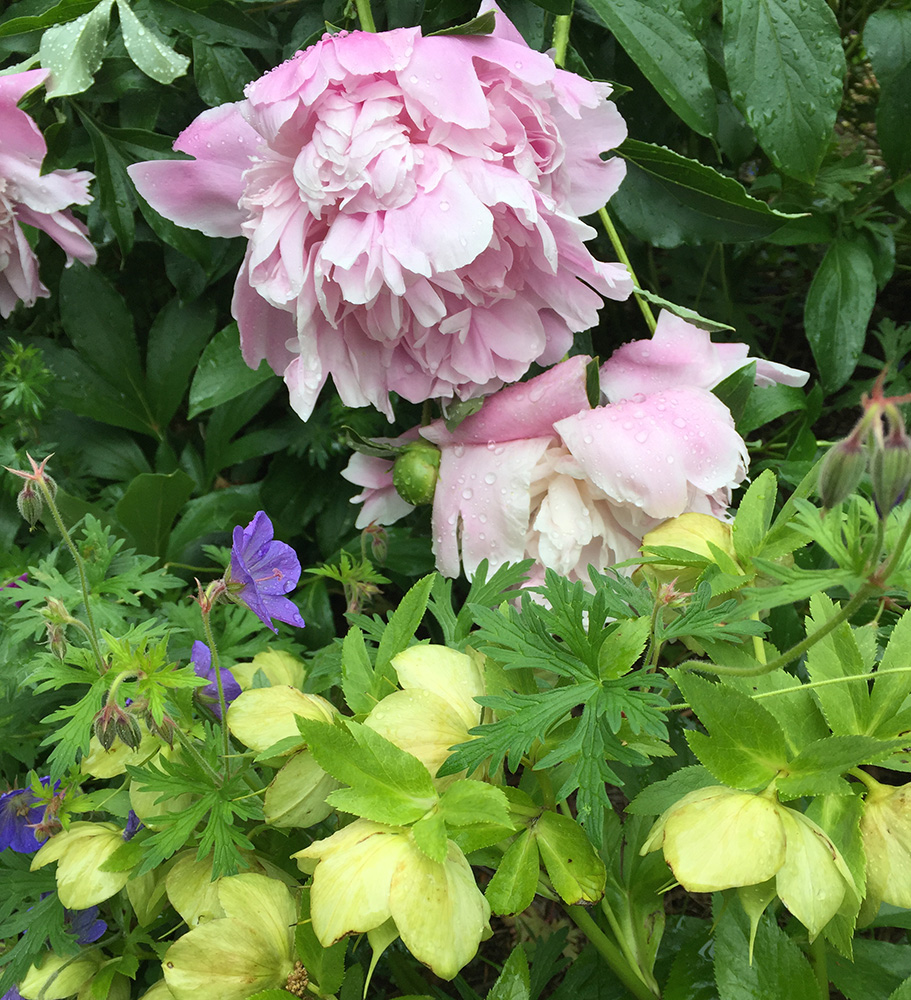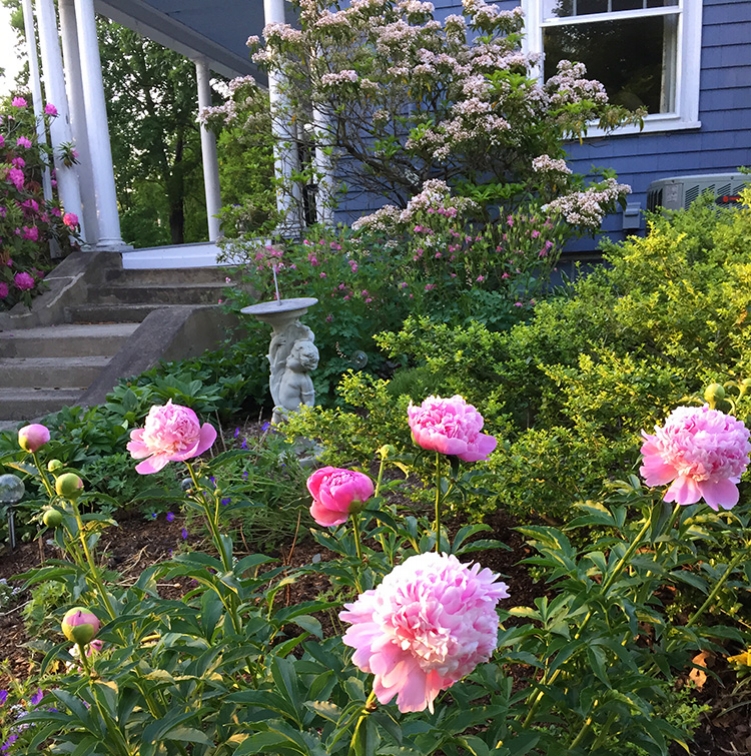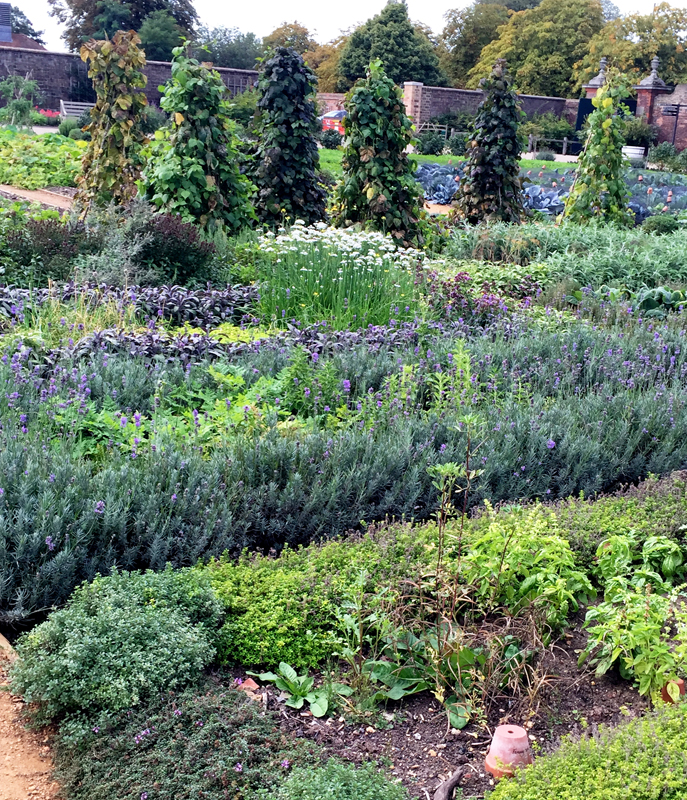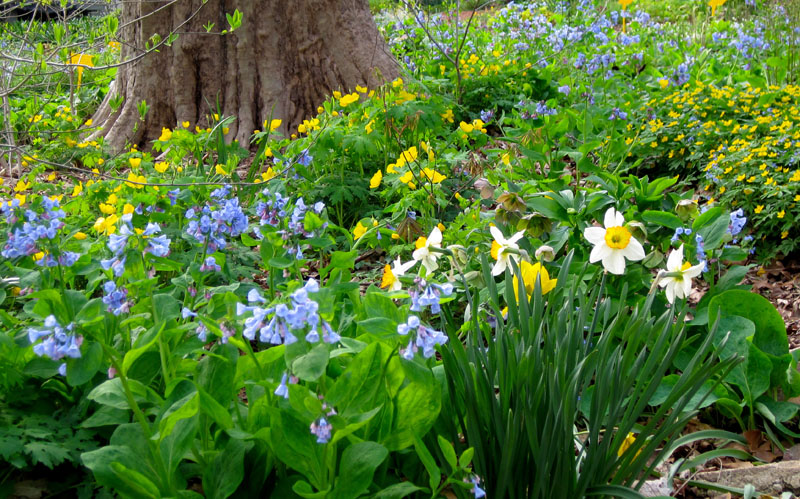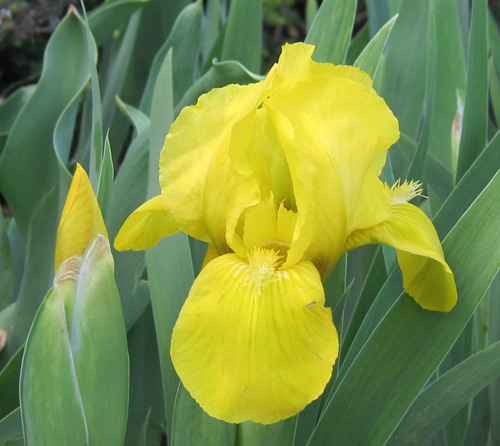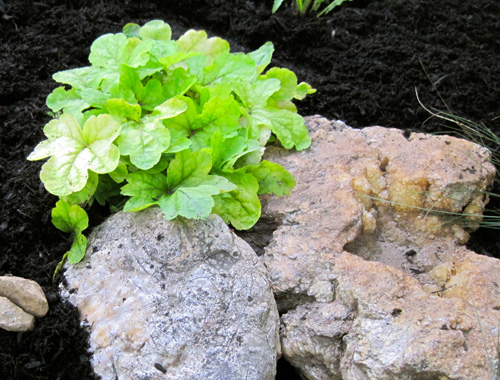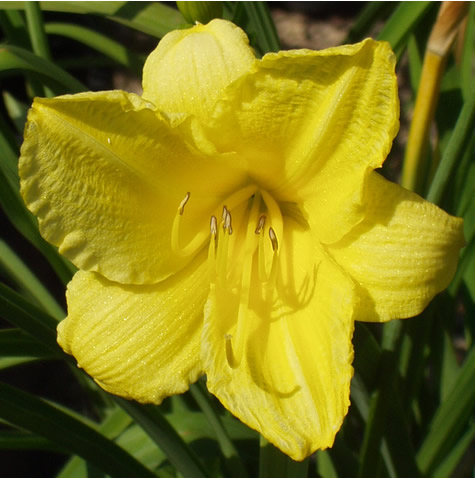It’s All in the Company They Keep
/Article and photos by Joan Butler
As any plant collector will tell you, once you’ve been bitten by the “collecting bug”, you acquire a kind of acquisitive madness. You begin to notice subtle details of the plants you desire – details that somehow seem to go unnoticed by friends and family. You begin to seek out nurseries that specialize in the plants you crave, and you are willing to drive great distances to get there. And if you happen to have a friend who is bitten by the same bug – watch out! You will become what I call “enablers” to each other and suddenly you will find yourself with dozens (or hundreds) of beautiful specimens planted cheek-by-jowl in your garden beds. But your collection may not actually function as a garden.
Hosta Orange Marmalade
When I was bitten by the “Hosta Bug” many years ago, I followed the trajectory I just described. I still collect, but at a much slower pace, and I have worked at making my collection function in my garden by incorporating companion plants. When I think about pairing plants, I consider color (complementary or contrasting), texture (usually contrasting), as well as form, pattern and size.
Hosta Maui Buttercup, Lady's Mantle, Sundrops
Pairing yellow hosta with yellow foliage or yellow flowers creates a “Wow” moment in the garden. Hosta ‘Maui Buttercups’ is a medium/large yellow hosta, with stunning corrugated, cupped leaves – a truly beautiful form. The fuzzy chartreuse flowers of Lady’s Mantle (Alchemilla mollis) and the pops of bright yellow offered by the Sundrops (Oenothera) really call attention to the hosta and to the entire garden area.
Hosta Allegan Fog, iris Cristata
I absolutely love our little native Crested Iris (Iris cristata), and use it extensively in my gardens. Here it is paired with the unfurling foliage of Hosta ‘Allegan Fog’. Crested Iris adds spiky texture to the front of the border and contrasts effectively with the more solid form of hostas. And its colorful spring flowers of purple, white or lavender add another point of interest.
Hosta Aventurine, epimedium, bloodroot
One thing I particularly love about pairing epimedium with hosta, is that the shape of most epimedium leaves echoes the shape of the hosta leaves, but on a more delicate scale. I also appreciate the changeable colors of epimedium foliage, which allows them to influence neighboring plants differently depending on the season. Here, the early spring foliage of Epimedium x versicolor “Cupreum” contrasts and complements the sturdy blue Hosta ‘Aventurine’. The groundcover behind the two is our native bloodroot (Sanguinaria canadensis). As the season progresses, the Epimedium leaves will become solid green, the bloodroot foliage will expand, and the hosta will produce flowers and its foliage will take on greener tones. All working together to produce different garden scenes.
Hosta Sagae, ferns, epimedium
The fine-textured foliage of ferns makes them perfect partners for hostas – that textural contrast elevates both! Hosta ‘Sagae’ is a large, upright, vase-shaped hosta that can be grown in sun or shade. When grown in shade, pair it with Maidenhair fern (Adiantum pedatum) for textural contrast and Japanese Painted fern (Atherium niponicum) for textural and color contrast. Add an Epimedium grandiflorum cultivar into the mix and you have an eye-catching quartet from spring until fall.
Hosta Salute, Viburnum.
Woody plants with variegated or non-green foliage can bring a different level of interest to the hosta garden. The leaves of some trees and shrubs have variegation similar to many hostas (such as green leaves edged in white) and some have mottled variegation that pick up on the colors of the hosta planted in their midst. The leaves of Viburnum lantana ‘Variegatum’ have splashes of blue that echo the blue of Hosta ‘Salute’ and other blue hosta planted nearby. And its woody, open form adds year-round interest to the garden.
Hosta, hellebore
Hellebores also add year-round interest to the hosta garden. Their palmate evergreen foliage adds textural contrast during the hosta growing season and winter interest when the herbaceous plants have died back. Last year I planted a lovely hellebore with variegated foliage, including pink venation, called ‘Penny’s Pink’. Its dusky purple flowers were a welcome sight this spring and its gorgeous foliage contributes to its companion hosta throughout the growing season.
Hosta Ann Kulpa, Hosta Mabel-Maria Herweg, Heuchera
There are nearly 300 different hosta cultivars growing in my gardens and I try to get them to work together. For example, I pair blue hosta and yellow hosta for contrast and interest. And I might add a blue hosta with a yellow edge into the mix to tie it all together. I also pair variegated hostas that have different patterns. Here Hosta ‘Ann Kulpa’, green with a central yellow stripe, complements Hosta ‘Mabel-Maria Herweg’, green with a yellow edge. I complete the picture by including purple coral bells (Heuchera), a companion plant with a contrasting color.
Hosta Sugar & Spice, Corydalis
Other suggestions for great hosta companion plants include Yellow Corydalis (Corydalis lutea), Solomon’s Seal (Polygonatum), Fringed Bleeding Heart (Dicentra eximia), Foamflower (Tiarella), Columbine (Aquilegia), Astilbe and Japanese Fountain Grass Hakonechloa).
Gardening with a collection is an adventure: a collector’s garden can contain an extraordinary number of plants. Incorporating companion plants and using design elements (color, texture, pattern and form) can transform an obsession into a garden.
You Might Also Like



